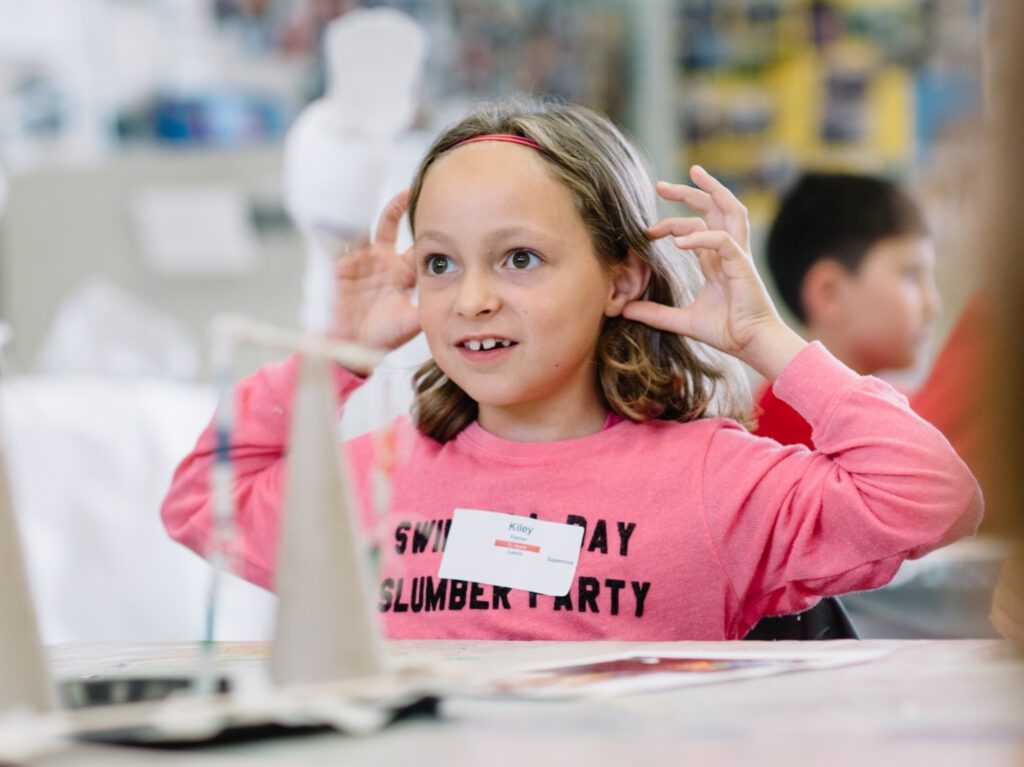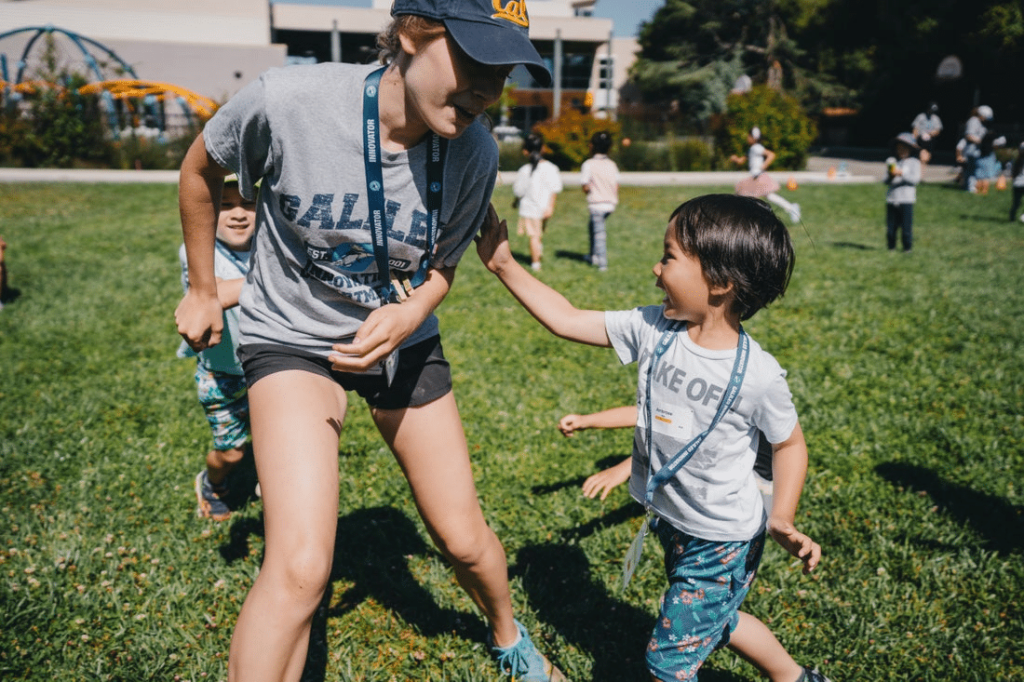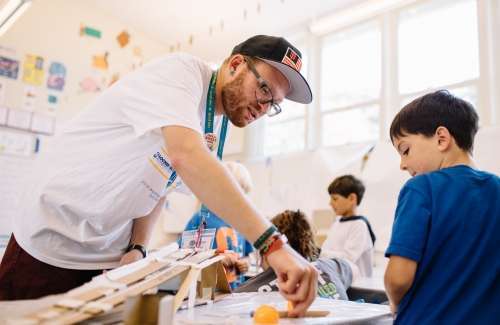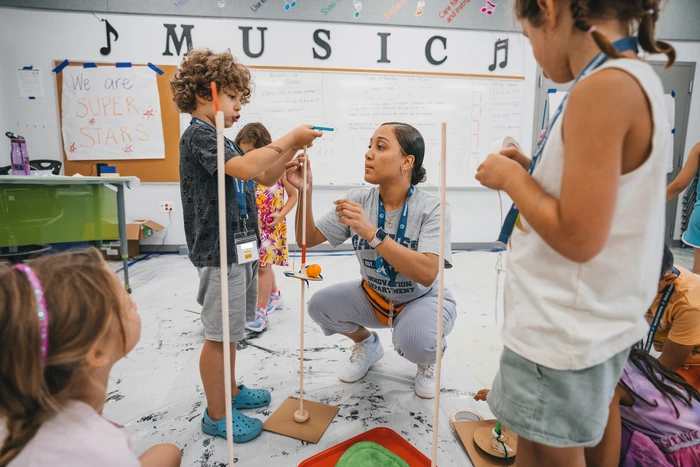“I’m bored. What should I do?”
A familiar phrase for families everywhere. The good news: solving the problem of your kids’ boredom is not your responsibility. In fact, these moments are prime opportunities for kids to expand their innovation skills—and can even be fun in and of themselves!
That may sound more easily said than done, but Galileo’s crack team of curriculum developers is here to help with some brainstorming techniques—the same techniques designers and innovators use in their work—to help kids unearth their next adventure.
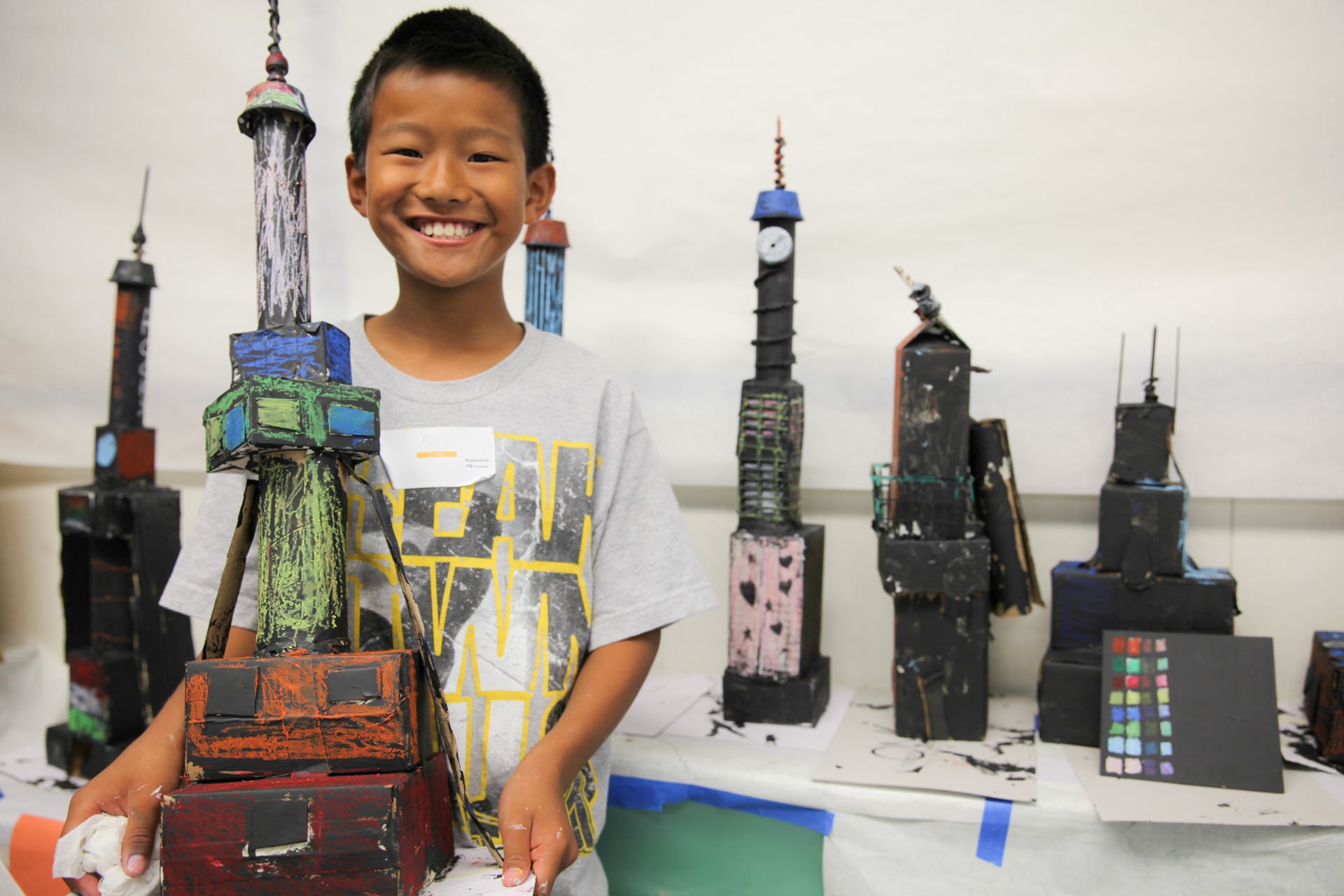
Getting Started
“What do you want to do today?” It seems like a simple enough question, but the open-endedness, the constraints of what’s possible right now, or the pressure of answering it over and over again can be enough to send creativity screeching to a halt. So instead of asking your kids (or yourself) the million-dollar question first thing, take a step back and work one piece at a time.
Why Brainstorming?
Put simply, getting good at brainstorming without judgment is essential for coming up with the best solutions.
Why? Basically, brainstorming helps you generate lots and lots of ideas, pushing you past the very first thought that comes to mind and inevitably yielding something more interesting. Plus, when you make brainstorming fun, you release the pressure of the big question—in this case, “What do you want to do?”— and just focus on getting the creative juices flowing, rather than judging each idea as you have it.
You’d be surprised just how well our brainstorming techniques work for just about any project.
So round up your kids (and any other friends and family members—the more the merrier, really) and get brainstorming! Remember to write down every idea you come up with, without judgment, on a whiteboard or piece of paper.

Our Favorite Brainstorming Techniques
#1: Mix and Match Techniques
Get your creative juices flowing with some wild mixing and matching.
FAVORITE THINGS
Write down all the things you love and try mashing them together in fun, creative ways. Think eating popcorn and making catapults or telling jokes and making cards.
CATEGORIES
Pick several categories. For example, kids might consider location (indoors or outdoors), category (art, science, movement…), noise level (quiet or loud), and materials (boxes, craft sticks, tape…) to start. Make lists for each, then pick items from two different lists to pair up. What combinations can they come up with? Indoor hopscotch? Cardboard step stools?
ROLL THE DICE
Tape letters to each side of a pair of dice. Roll die #1, then give yourself one minute think of nouns that begin with the letter you rolled. Repeat with die #2, this time thinking of adjectives for the letter you rolled. Then put them together. For example, if #1 rolled an “S” and #2 rolled a “D,” you might come up with dazzling sculpture or delicious smoothie.
THINK INSIDE THE BOX
Brainstorm a bunch of nouns and adjectives (or any other pair of categories), write them on individual slips of paper, and put them in two separate boxes or bags: one for nouns, one for adjectives. Draw a word from each box and put them together.
#2: Use What You’ve Got
Challenge your kids to look around your house to see what items you already have that can spark inspiration.
ONE THING AT A TIME
Have your kids find one awesome item around your home and generate ideas for how to incorporate it into the plan for the day. For example, the patterned craft paper leftover from last year’s science fair board could be torn up to make awesome plumage for a hanging bird collage. Is that a kitchen stool, or the beginning of a Rube Goldberg machine?
COOL COMBINATIONS
Kids can also gather together a bunch of different pieces from every room of your home and see what ideas emerge. This also works well as a fun costume challenge using clothing items from different closets. For example, striped shirt + white gloves + suspenders = mime, or overalls + bandana + pig stuffed animal = farmer. Ready for a level-up? Make a game of it by setting a time limit.
#3: Look for Inspiration Everywhere
Anything at all can get your mind moving in fun new directions. For example, kids can:
- Browse through their bookshelves for literary heroes and thumb through magazines or catalogs. What ideas or scenarios do they see that excite them?
- Think about their favorite movies and TV shows from the previous year and shout out the characters they liked the most. Make a list of those.
- Search images using the ideas that came out of the brainstorms above to see what additional concepts pop up.

Best Day Ever
Once kids have exhausted every brainstorming technique, it’s time to narrow down their excellent ideas. Remind them not to worry about picking a favorite right away! First, kids should simply go through the list and cross off any ideas they’re a bit less excited about. Once they’re done, they’ll have a shortlist of truly great ideas to pick a favorite from.
If they’re still having trouble picking just one idea from the shorter list, try adding a few constraints. For example, they might review the list with an eye for eliminating what they don’t have the materials for, then the things they’ll need to wait until an adult can help, then the ones they don’t have enough time to execute, and so on. Soon, they’ll have removed enough to make it clear which idea is a cut above the rest.
Want a few ideas to kickstart your list? Check out the ever-evolving offering at Galileo Online.
